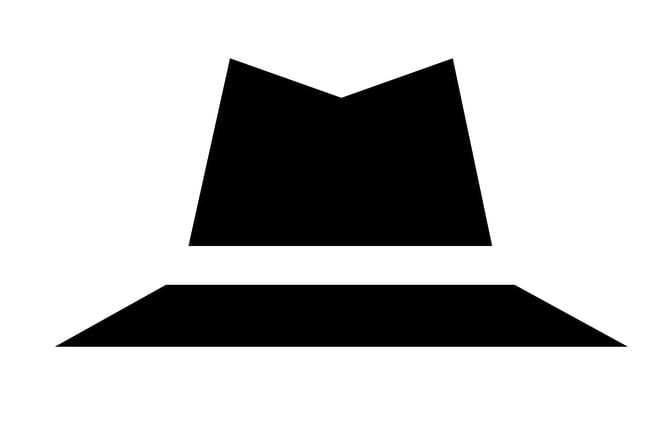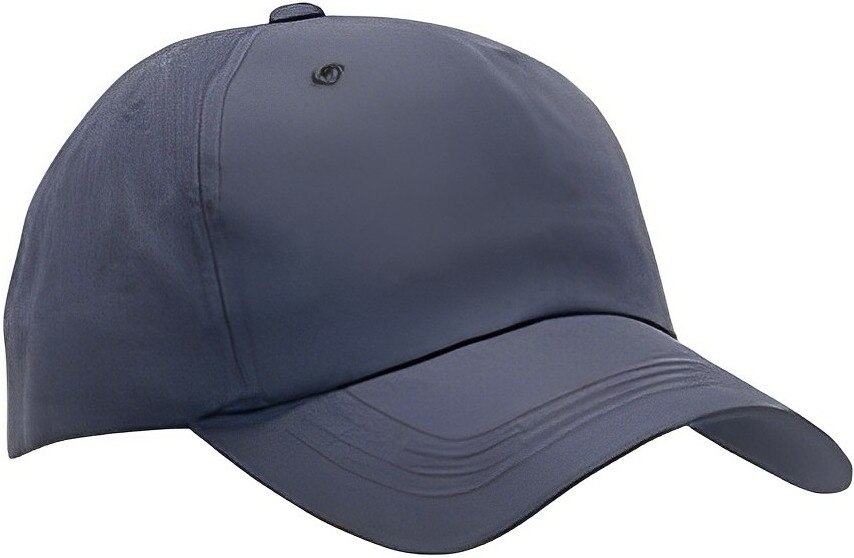In my search for experienced CEOs to learn from I joined a CEO peer group called the Inc. CEO Project. This group led by Jim Schleckser was particularly valuable in my thinking about how CEOs should spend their time. Jim is one of the best CEO coaches in the country and has written about the five hats a CEO should wear to maximize their impact on their organization. His experience of working with fast growing companies in many different industries allows him to have a great perspective on the CEO job. In this series, I will summarize and comment on his ideas and add one additional hat that I think is also valuable. The first hat is the player hat, which can be both a curse and a blessing depending on how you wear it.
Jim says wearing the player hat is comfortable, because it allows CEOs to do what we’re great at, whether that’s sales, engineering, marketing, or whatever. Most CEOs have gotten to the role because they excelled in a certain area of the business. Because we’re that good, we can make a significant contribution to the business. There are multiple problems with this, including failing to evolve and tackle the unique challenges of the CEO role itself.
According to Jim, “If a CEO cannot make that transition from individual contributor to leader, the growth of the business will stop and stall.” The key is finding a way to get out of player mode and bring talent and systems in to execute the same things that you would do as an individual contributor.
That said, there are reasons to don the player hat at times. If your business is small, you may feel that you constantly wear the player hat. I have known many small company CEOs who act as “CEO and the VP of Sales.” This is often necessary in the early stages of a company.
However, as the company gets above 50 employees, it is almost always best for the CEO to take off the player hat the vast majority of the time. The CEO must allow his or her executive team to run their areas and determine for themselves how their specific goals will be accomplished.
There are two specific situations where I think the player hat is useful. The first situation is when some part of the team is overwhelmed with work and putting in long hours just to get the job done. I believe that the CEO should be willing to jump in and help out wherever his skills allow.
The second reason to put on the player hat is when you have a particular expertise that may otherwise be lacking in the company. Maybe you have a sales background and you can help close a really large customer or you have particular technical knowledge that can be applied to a specific process. Whatever area it is, you don’t want your talent to go to waste. When Steve Jobs was CEO of Apple, his expertise was that he was a perfectionist. By pushing the design of every product to the limit, he made a real difference while wearing the player hat.
Here’s more from Jim on the player hat:
[youtube http://www.youtube.com/watch?v=okWQ95oGjgw&w=560&h=315]
Next time, I’ll cover the coach hat.






In working the past 3 years alongside CEOs wanting to accelerate their business, we’ve observed what we term the “CEO Dilemma”: being so busy working IN the business that there’s not enough time to work ON the business, thus slowing down the CEO in fulfilling their #1 responsibility – to increase shareholder value. I look forward to your next post!